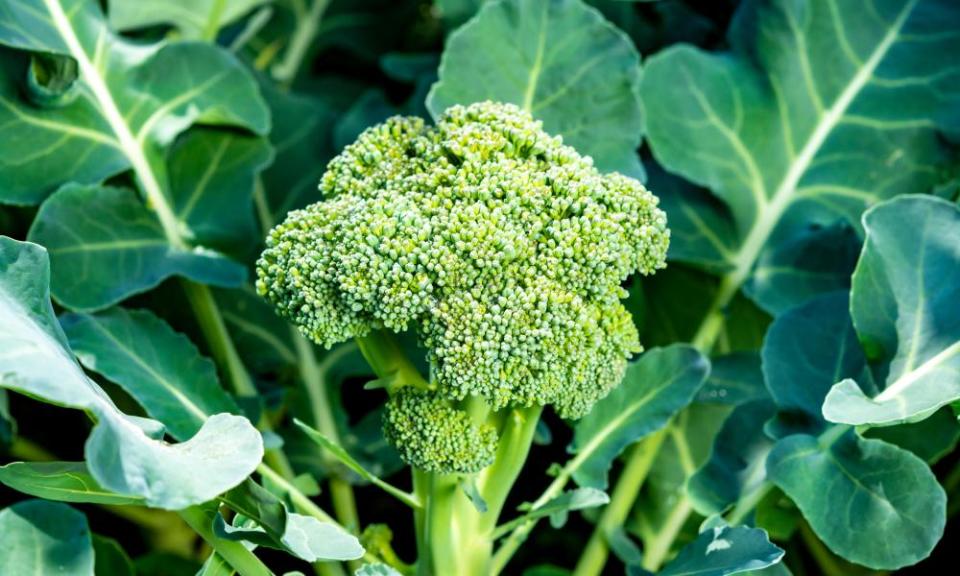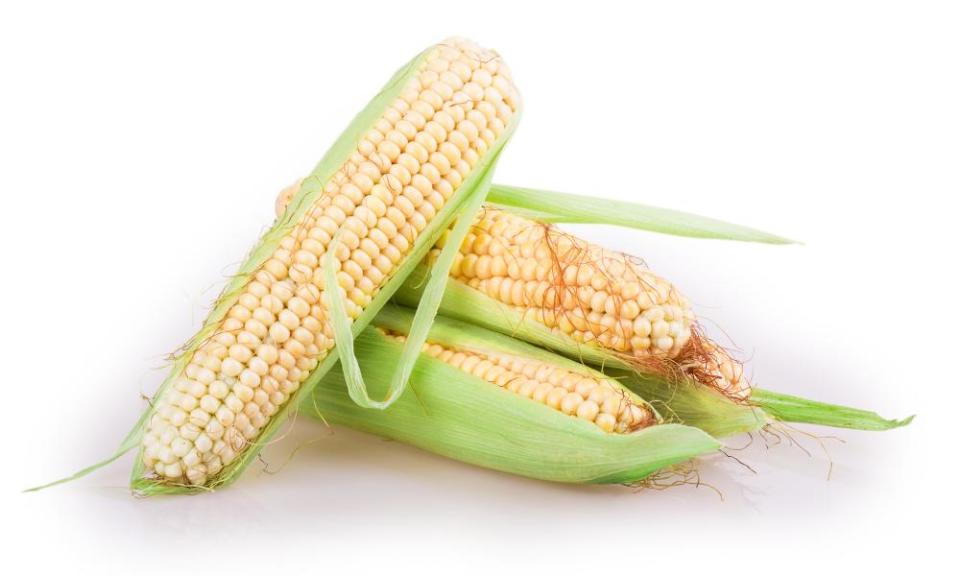Harvesting fruit and veg? Here are my top tips for better flavour

If you are a fruit and veg grower, you are probably approaching the peak of the harvest season on your plot. While the vast majority of gardening advice is focused on growing, the harvesting stage can make a huge, yet frequently underestimated, impact on both the flavour and nutrition of your crops. Here are some simple tips on how to get this right.
Even once harvested, your crops are still living plants that are constantly adapting their internal chemistry in reaction to the environment around them. Confusingly, exactly how they do this depends on the individual species and on the particular part of the plant in question.
Leaves and flowers are structures that, generally speaking, possess very few adaptations to allow them to survive when severed from the parent plant. They tend to rapidly lose their nutrient content as their tissues start to degrade within hours. This is certainly the case with crops like the tightly closed flower heads of broccoli, which can lose most of their antioxidants very quickly, and also with new shoots of asparagus, whose sugar content falls precipitously after harvest. The best way to harvest them is to immediately place them in waterproof packaging, like a sealed plastic bag or lunchbox to prevent moisture loss, then chill and then eat them as soon as possible.

A similar phenomenon happens with immature seeds that we eat as vegetables, but with a different cause. Sweetcorn and garden peas when cut from the plant quickly react by trying to convert sugars into starches, in an attempt to ripen as fast as possible so they can germinate well. Therefore, some old-school garden writers will even recommend putting a pan of water on to boil before stepping out to gather sweetcorn to maximise sweetness and flavour. It’s a bit extreme, but not as much as you might think.
However, the opposite can hold true for other fruit and roots. Fruit, such as tomatoes and strawberries, will continue to ripen, diverting resources to becoming redder, sweeter and more aromatic when harvested (if kept at room temperature). Commercially, these plants are traditionally refrigerated to slow down such reactions and boost shelf life, but for the best flavour, ditch the chilling and wait a day or two before eating. Keep a close eye on them, however, as just like avocados the peak of perfect ripeness, before it turns to a soggy mess, can be as narrow as only half a day or so.
Finally, autumn fruit such as pumpkins and winter-storage roots like sweet potatoes dramatically increase both their sugar and flavour compounds when stored for a few weeks in cool conditions post-harvest. We are talking at about 10C, which is below average room temperature (20C), but above the fridge (4C). A cool garage or shed is perfect.
All these techniques are surprisingly straightforward, yet have been consistently shown to either prevent a loss of flavour that you have been carefully cultivating or, indeed, greatly boosting it.
Follow James on Twitter @Botanygeek

 Yahoo Finance
Yahoo Finance 